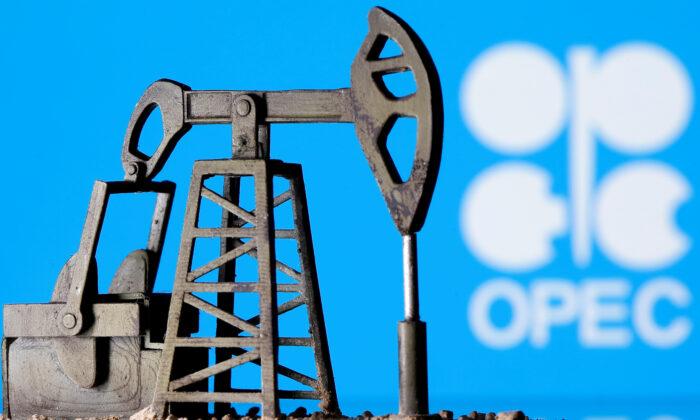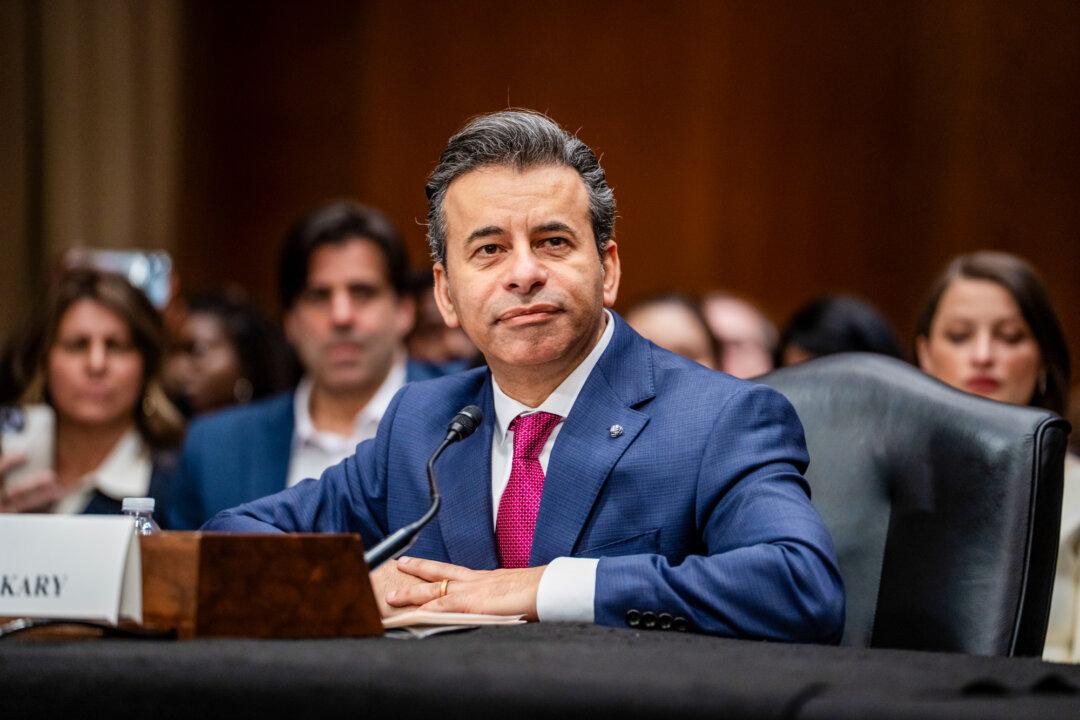Oil prices climbed on Tuesday, extending gains triggered during the previous session after the OPEC+ oil producing consortium decided not to ramp up crude production above a trickle despite international calls for a sharper boost.
Brent crude was up by 23 cents or 0.3 percent at $81.60 a barrel by 5:29 a.m. New York time, after rising 2.5 percent on Monday. U.S. West Texas Intermediate (WTI) oil rose 18 cents or 0.21 percent to $77.77, after gaining 2.3 percent the previous session.
The Organization of the Petroleum Exporting Countries (OPEC) and allies including Russia, known as OPEC+, announced on Monday it would hold fast to the terms of an earlier agreement to boost oil production by 400,000 barrels per day (bpd) for the month of November, ignoring calls from the Biden administration, among others, to pump more crude.
Biden’s national security adviser Jake Sullivan in August urged OPEC and its allies to boost oil output to tackle climbing gasoline prices that the administration sees as a threat to the global economic recovery and as fanning domestic inflation fears.
OPEC+ slashed oil output by 10 million bpd, or around 10 percent of global demand, in response to a demand slump early in the pandemic, though it has eased that gradually to around 5.8 million bpd as of July. The consortium agreed in July to boost output by 400,000 bpd a month starting in August until the rest of the cut is phased out, but the Biden administration wants that pace to rise.
“At a critical moment in the global recovery, this is simply not enough,” Sullivan said in a statement. “Higher gasoline costs, if left unchecked, risk harming the ongoing global recovery.”
Gasoline demand last week rose from 8.90 million bpd to 9.4 million bpd, more than a 5 percent increase, according to EIA. High demand and elevated crude prices have kept pump prices from taking their usual seasonal dip.
Oil prices have already surged more than 50 percent this year, a rise that has added to inflationary pressures.





